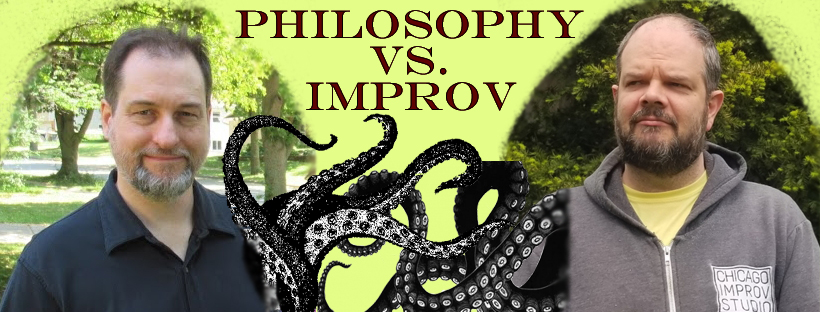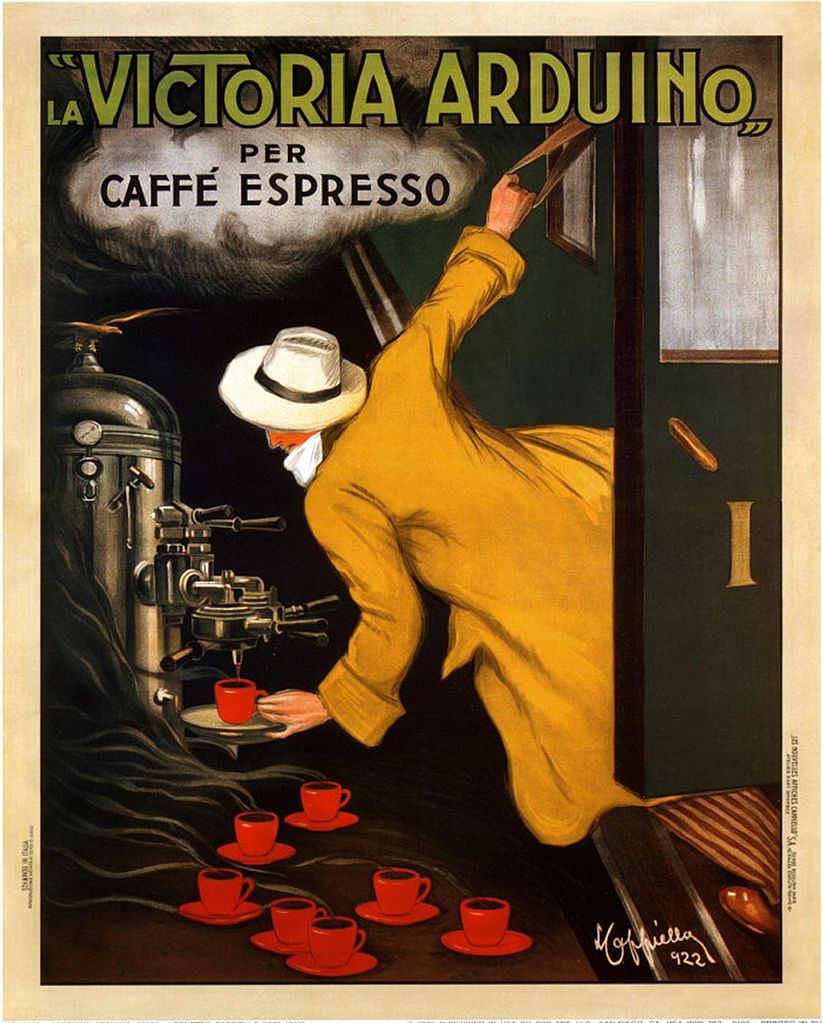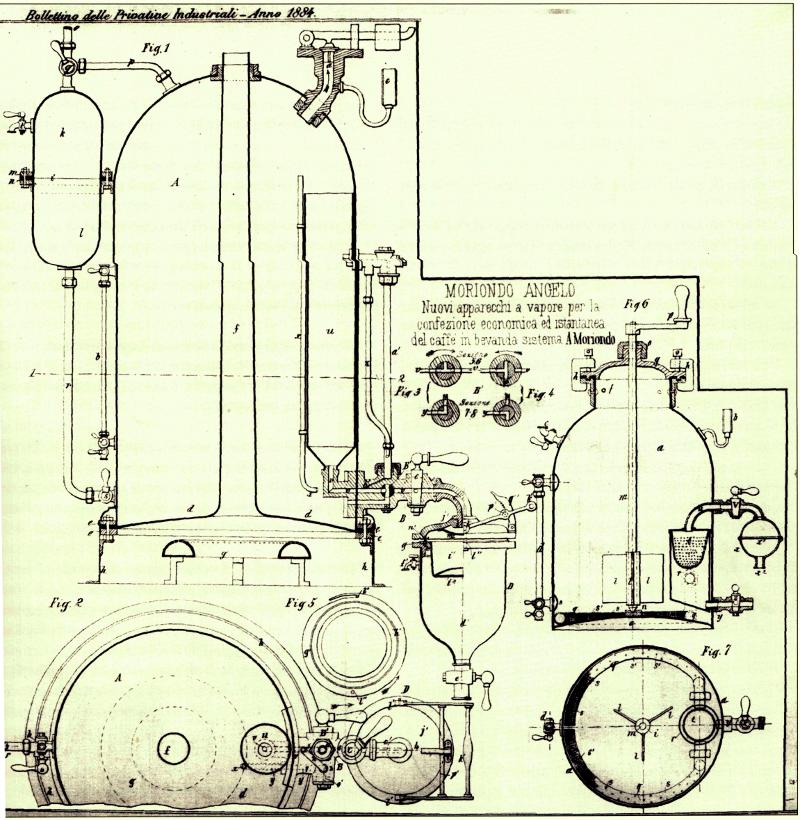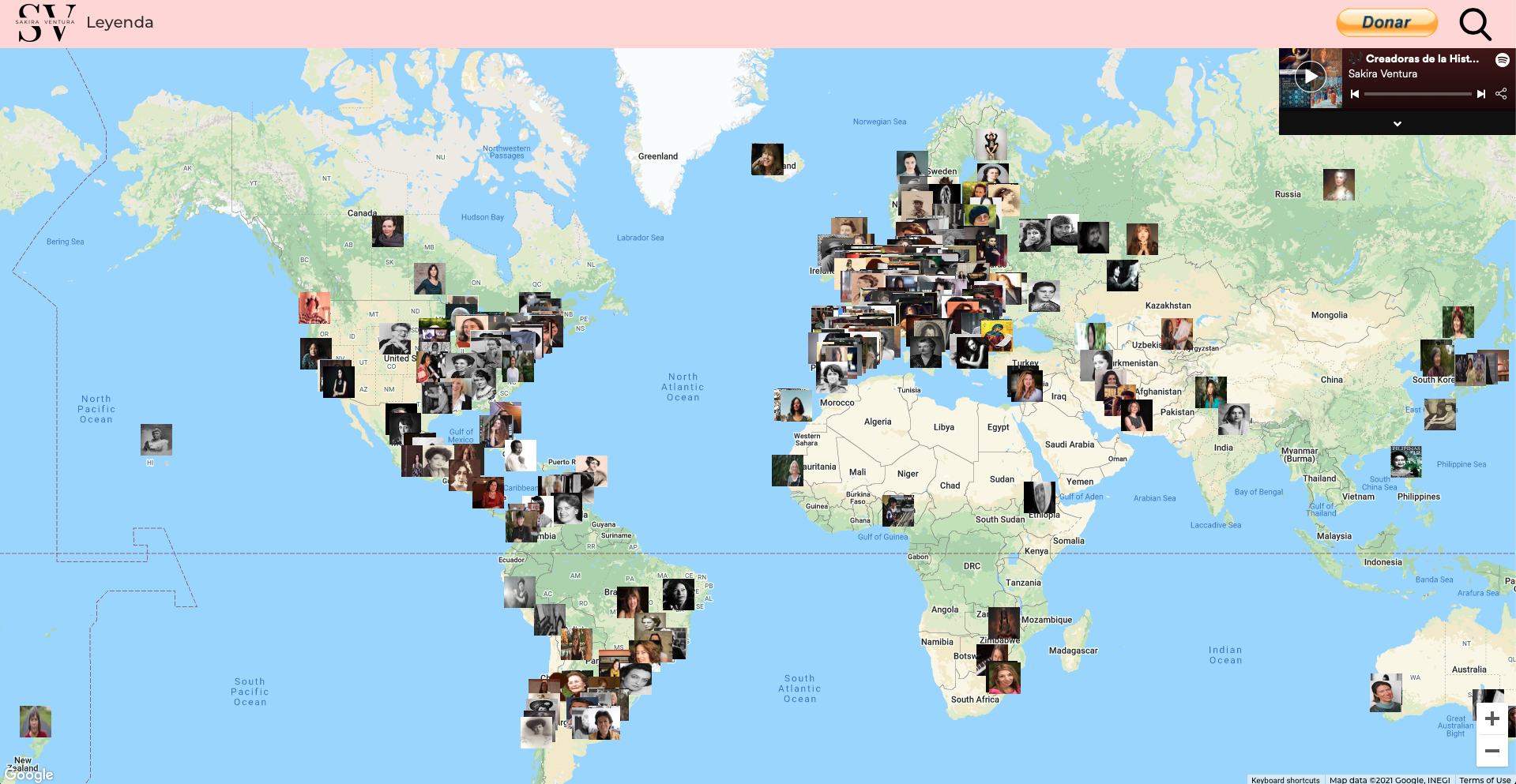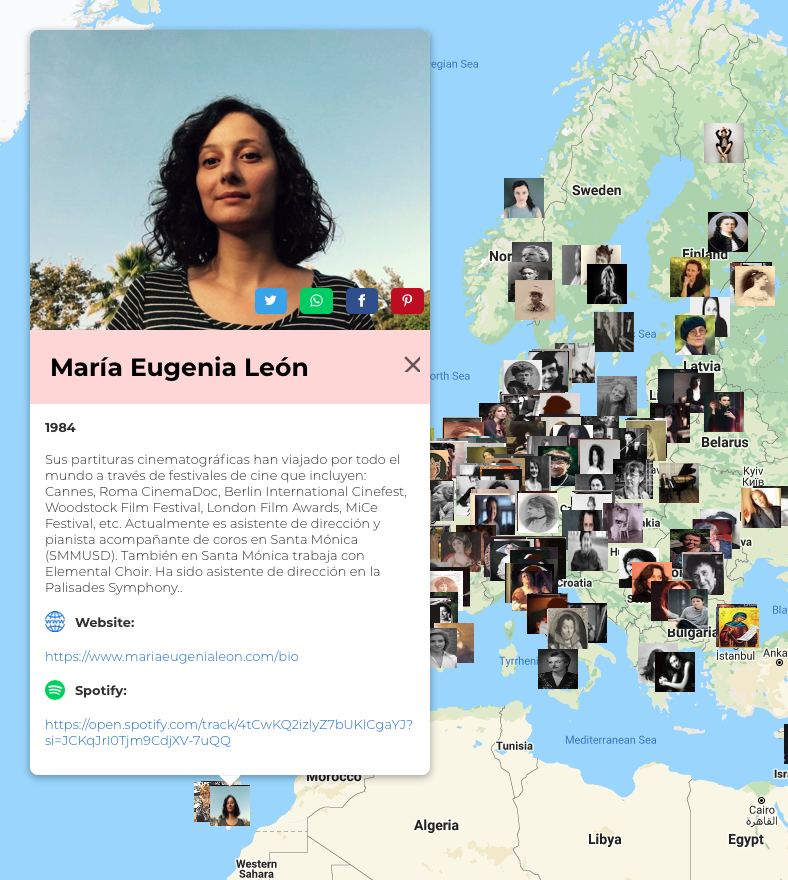Pity the ghost of Antonio Salieri, “one of history’s all-time losers — a bystander run over by a Mack truck of malicious gossip,” writes Alex Ross at The New Yorker. The rumors began even before his death. “In 1825, a story that he had poisoned Mozart went around Vienna. In 1830, Alexander Pushkin used that rumor as the basis for his play ‘Mozart and Salieri,’ casting the former as the doltish genius and the latter as a jealous schemer.” The stories became further embellished in an opera by Nikolai Rimsky-Korsakov, then again in 1979 by British playwright Peter Shaffer, whose Amadeus, “a sophisticated variation on Pushkin’s concept, …became a mainstay of the modern stage.”
In 1984, these fictions became the basis of Miloš Forman’s Amadeus, written by Shaffer for the screen. The film further solidifies Salieri’s villainy in F. Murray Abraham’s Oscar-winning performance of his envy and despair. Like all great cinematic villains, Salieri is shown to have good reason for his hatred of the hero, played as a manic toddler by Thomas Hulce, who was nominated for the same best-actor award Abraham won. In their first meeting (above), Mozart humiliates Salieri in the presence of the Emperor, insulting him several times and showing that Salieri’s years of toil and devotion are worth little more than what the German prodigy mastered as a small child, and could improve upon immeasurably with hardly any effort at all.
Is there truth to this scene? In general, the history of Amadeus is “laughably wrong,” Alex von Tunzelmann writes at The Guardian, though maybe the joke’s on us if we believe it. As Forman’s film takes pains to show, what we see on screen is not an objective point of view, but that of an aged, embittered, insane man remembering his past with regret. Salieri is a most unreliable narrator, and Forman an unreliable storyteller. The supposed “Welcome March” composed for Mozart in the scene above is not a Salieri composition at all, but a simplification of the aria from Mozart’s The Marriage of Figaro, which Hulce-as-Mozart then transforms into the actual tune of the aria.
Other inaccuracies abound. The Salieri of history was not “a sexually frustrated, dried-up old bachelor,” von Tunzelmann notes. “He had eight children by his wife, and is reputed have had at least one mistress.” He was also more colleague and friendly competitor than enemy of the newly-arrived Mozart in Vienna. The two even composed a piece together for singer Nancy Storace, who played the first Susanna in The Marriage of Figaro. While Mozart wrote to his father of a shadowy cabal arrayed against him at court, there is no evidence of a plot, and Mozart could be, by all accounts, just as puerile and obnoxious as his portrayal in the film.
Mozart did die a pauper from a mysterious illness at 34. (He did not dictate the final passages of his Requiem to Salieri). And Salieri did later confess to poisoning Mozart while he was aged and in a temporary state of mental illness, then retracted the claim when he later recovered. (“Let’s be honest,” writes von Tunzelmann, “nobody seriously thinks Salieri murdered Mozart.”) These are the barest historical facts upon which Amadeus’s infamous rivalry rests. The Salieri of the film is a fictional construction, created, as actor Simon Callow said of Shaffer’s play, to serve “a vast meditation on the relationship between genius and talent.”
In Forman’s film, the theme becomes the relationship between genius and mediocrity. But to call Salieri a mediocrity — or the “patron saint of mediocrities,” as Shaffer does in his play — “sets the bar for mediocrity too high,” Ross argues. “His music is worth hearing. Mozart was a greater composer, but not immeasurably greater.” Furthermore, “amid the procession of megalomaniacs, misanthropes, and basket cases who make up the classical pantheon, [Salieri] seems to have been one of the more likable fellows.”
Learn more about Salieri’s life and work in Ross’s New Yorker profile, and hear “4 Operas by Antonio Salieri You Should Listen To” at Opera Wire.
Related Content:
Mozart’s Diary Where He Composed His Final Masterpieces Is Now Digitized and Available Online
The Letters of Mozart’s Sister Maria Anna Get Transformed into Music
Josh Jones is a writer and musician based in Durham, NC. Follow him at @jdmagness
